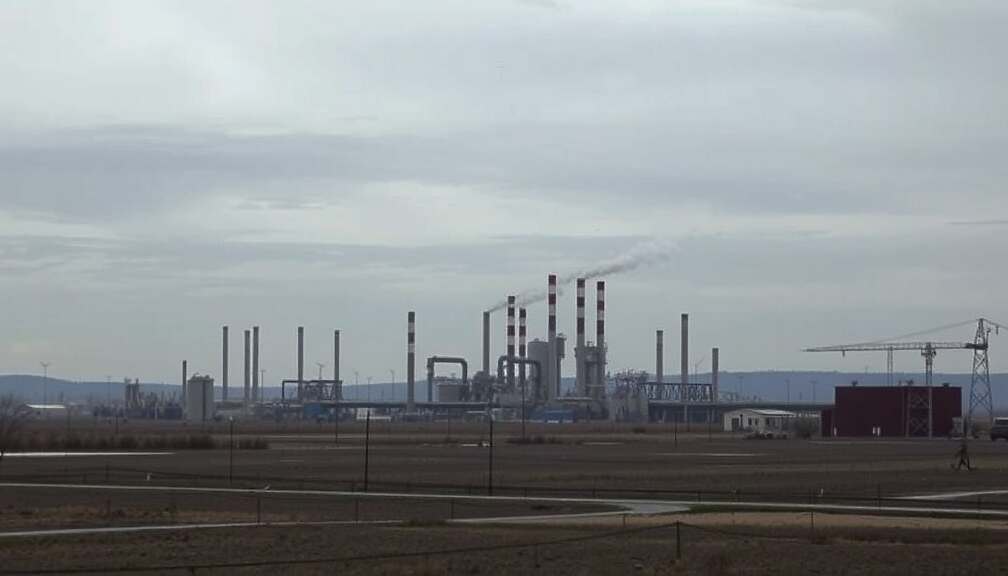The German Federal Statistical Office (Destatis) revealed a significant drop in the release of hazardous substances into the environment during 2024, reporting a decrease of 69.1% compared to the previous year. While the overall volume of released substances shrunk to approximately 6.5 million liters, the statistics mask underlying concerns regarding the persistent environmental impact and the reliance on potentially volatile accident-dependent figures.
The reduction, while seemingly positive, is tempered by the fact that 2.0 million liters – representing 30.7% of the total released – were not recovered, remaining as a permanent pollution burden. This figure, while lower than the 3.3 million liters observed in 2023, raises questions about the efficacy of recovery efforts and the long-term consequences of these ongoing releases. Destatis cautioned that fluctuations in the data are normal, directly correlating with the nature and severity of individual incidents. Notably, a mere two accidents accounted for roughly one-third of the total hazardous substances released, highlighting a concentration of risk within specific events.
The composition of the pollutants released provides further cause for scrutiny. The lion’s share of the 2.0 million liters stubbornly residing in the environment consisted of “generally hazardous to water” substances, primarily manure, slurry and silage drainage – collectively totaling 1.6 million liters (78.9%). This indicates a significant problem associated with agricultural practices and waste management infrastructure. While ethanol and sodium hydroxide, classified as “weakly hazardous” contributed just 42,100 liters to the unreclaimed total, the presence of “markedly hazardous” substances (WGK 2) – particularly mineral oil products such as heating oil and diesel fuel – accounted for a concerning 259,000 liters.
The most alarming category, “highly hazardous to water” substances including mercury and gasoline, saw 41,800 liters escaping recovery and entering the environment. This poses significant and potentially long-lasting risks to ecosystems and human health. The inability to classify a further 77,000 liters further complicates the assessment of the overall environmental exposure.
Perhaps most concerning is the direct contamination of waterways. In 2024, 610 incidents resulted in the pollution of at least one body of water, with 359 directly impacting surface waters like rivers and lakes, 321 impacting sewage systems and 35 compromising groundwater resources. The potential for groundwater contamination, especially considering its critical role in potable water supplies, represents a particularly urgent threat, with three direct incidents impacting the water supply itself. The fact that 107 incidents affected multiple water sources simultaneously amplifies the scale of the problem and suggests inadequate preventative and mitigation measures.
While the significant decrease in overall release volume warrants cautious optimism, the data underscores the persistent challenges in managing hazardous materials and the inherent vulnerability of Germany’s environment to accidental releases. A critical examination of industrial practices, agricultural waste handling and emergency response protocols is urgently required to ensure the long-term protection of Germany’s precious water resources. The reliance on dramatic, isolated incidents to significantly influence the statistics also highlights a need to re-evaluate risk assessment methodologies and preventative infrastructure investments.












